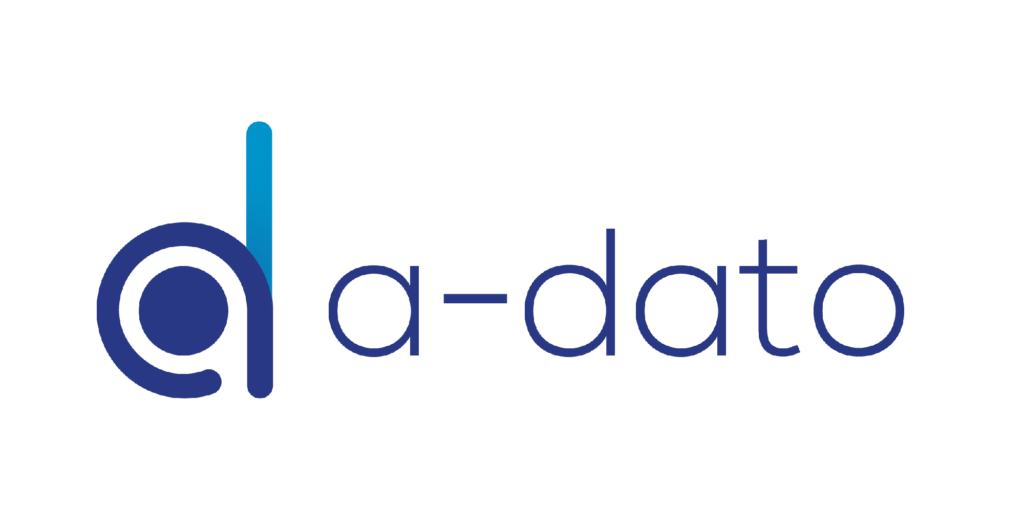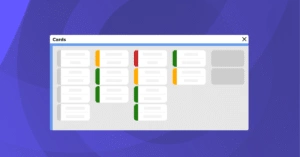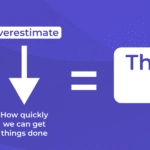Why Critical Path Is Not Enough: A Deep Dive into Advanced Scheduling Strategies
Traditionally, methodologies like the Critical Path Method (CPM) have been go-to solutions, but they come with their own set of limitations, especially when they overlook the crucial aspect of resource availability. This gap highlights the necessity for a transition towards more advanced scheduling strategies, offering a more holistic approach to project management.
Delving into Resource Conflicts
At the heart of many project delays lie resource conflicts, a common predicament where simultaneous tasks compete for the same limited resources. If left unaddressed, these conflicts can significantly derail project timelines. The complexity of resolving these issues escalates with the scale of the project and the diversity of required resources, such as specialized equipment and skilled personnel. Thus, understanding and mitigating these conflicts early on becomes paramount for maintaining project momentum.
The Critical Path Method: A Closer Look
The Critical Path Method serves as a foundational tool in project management, identifying the longest sequence of dependent tasks that sets the minimum completion time for a project. However, its Achilles’ heel is the assumption of unlimited resource availability, which often leads to unrealistic project timelines and the underutilization of resources not on the critical path. Consequently, there’s a growing recognition of the method’s limitations and the need for more nuanced scheduling solutions.
The Role of Advanced Scheduling Software
In response to these challenges, advanced scheduling software like LYNX, developed by A-dato, steps in to fill the void. By integrating resource constraints into the scheduling equation, such software not only identifies potential resource conflicts early on but also proposes optimized schedules. This proactive approach enhances resource efficiency and circumvents potential delays, thereby aligning project timelines more closely with reality.
Embracing the Benefits of Sophisticated Scheduling
The advantages of advanced scheduling strategies, as exemplified by LYNX, are undeniable. By incorporating considerations of resource availability and constraints into the scheduling process, these strategies facilitate more efficient task sequencing. This, in turn, leads to shorter project durations and improved resource utilization, ensuring projects stay on track and within budget.
In Conclusion: The Need for Advanced Scheduling
Faced with the complexities of modern, resource-constrained project environments, the limitations of the critical path method become increasingly apparent. Advanced scheduling tools like LYNX offer a solution, providing nuanced and effective strategies for task sequencing and resource allocation. Embracing such tools is crucial for project managers seeking to achieve realistic schedules, optimize resource use, and ensure successful project outcomes.
For a deeper understanding of advanced scheduling solutions and the capabilities of the LYNX Scheduling Engine, read our whitepaper or simply request a free one-on-one consultation with one of our in-house experts.














